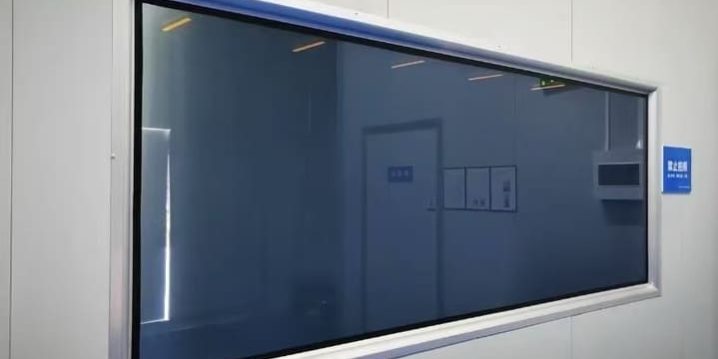Dyed dark PDLC (Polymer Dispersed Liquid Crystal) film can be used in outdoor applications, but there are several factors to consider to ensure its effectiveness and longevity. Here’s an overview of how it can be applied to outdoor environments, including potential benefits and challenges:
Outdoor Application Considerations
1.Durability and Weather Resistance
UV Exposure: Prolonged exposure to UV rays can degrade the PDLC film over time. It’s crucial to select a film that has been specifically designed or treated for UV resistance to prevent yellowing and deterioration.
Temperature Variations: Extreme temperatures (both hot and cold) can affect the performance of the PDLC film. Ensure the film can withstand the temperature range typical of the installation location.
Moisture and Humidity: Outdoor installations need to be protected from moisture ingress. Proper sealing of the edges and connections is essential to prevent water damage.
2.Installation Techniques
Laminated Glass: For outdoor applications, PDLC film is often laminated between two layers of glass. This not only protects the film from the elements but also enhances the structural integrity of the glass.
Sealing and Protection: Ensure all electrical connections and edges are well-sealed to prevent moisture ingress and to protect the film from environmental factors.
3.Power Supply and Control
Weatherproof Connections: Use weatherproof connectors and enclosures for the electrical components to prevent short circuits and damage.
Accessibility: Design the installation so that electrical components are accessible for maintenance and repairs.
Benefits of Dyed Dark PDLC Film in Outdoor Applications
- Privacy and Security
On-Demand Privacy: Provides instant privacy for windows and facades, which can be particularly useful for buildings that require variable transparency.
Security Enhancement: When opaque, the film can obscure the view into the building, enhancing security by preventing outsiders from seeing inside.
- Energy Efficiency
Solar Control: The dyed layer helps reduce solar heat gain, contributing to lower cooling costs in warm climates.
Glare Reduction: Minimizes glare from direct sunlight, improving indoor comfort and reducing the need for additional shading devices.
- Aesthetic Flexibility
Modern Appearance: Offers a sleek, high-tech look that can enhance the architectural appeal of a building.
Design Versatility: Can be used creatively to create dynamic facades that change appearance based on the film’s transparency state.
Examples of Outdoor Applications
- Building Facades
Commercial Buildings: Used in modern office buildings to create dynamic and interactive facades that can adjust transparency based on time of day or occupancy needs.
Residential Properties: Provides privacy for large windowed areas while still allowing for natural light and views when desired.
- Storefronts and Showrooms
Retail Stores: Enhances the visual appeal of storefronts by allowing for clear views during business hours and privacy after hours.
Automotive Showrooms: Creates an engaging display environment that can switch between showcasing vehicles and providing privacy.
- Outdoor Pavilions and Structures
Exhibition Spaces: Used in outdoor pavilions for exhibitions and events to provide flexible space that can adapt to varying privacy and shading needs.






